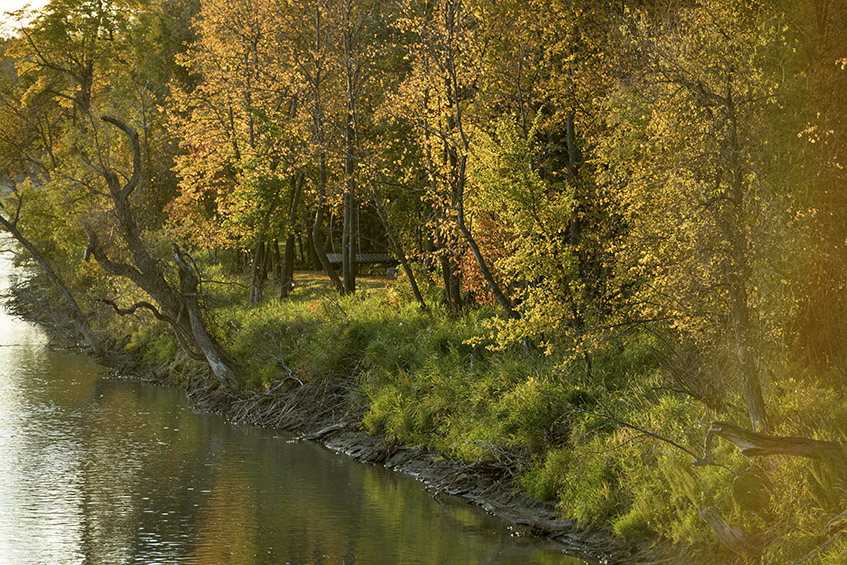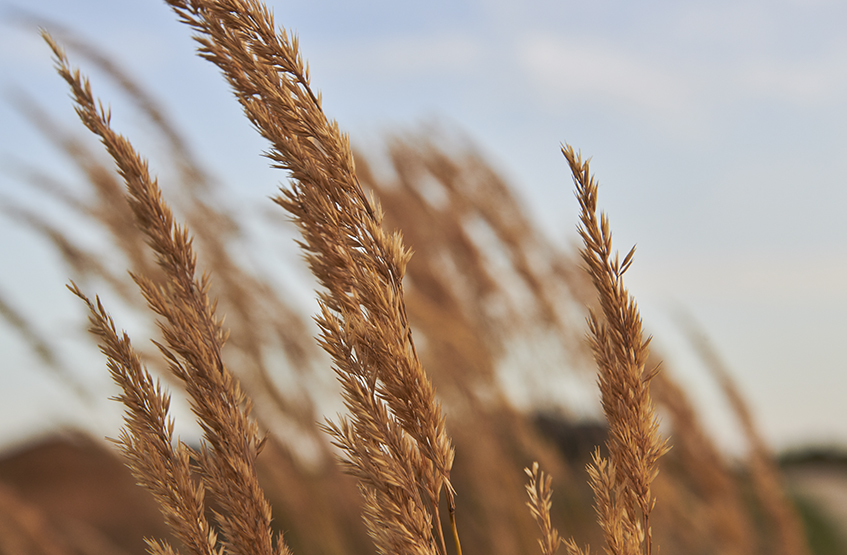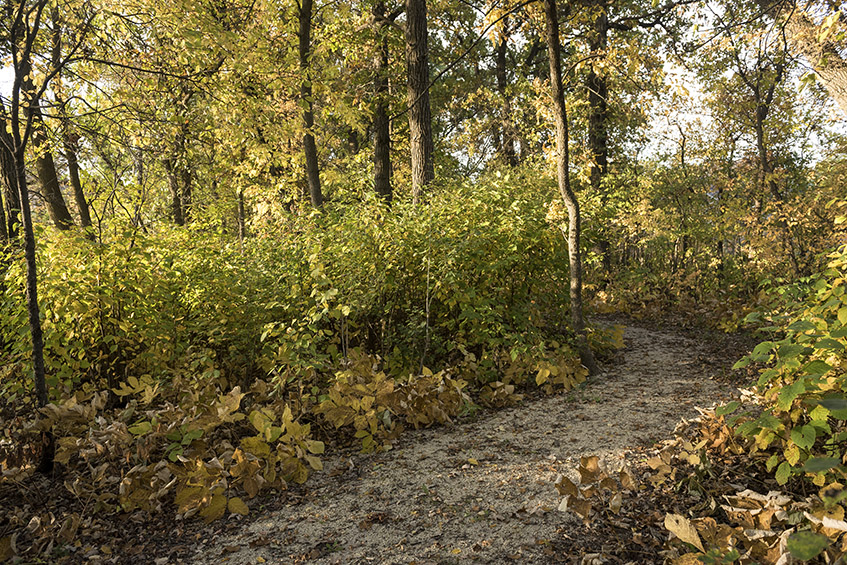Taylor Farm’s commitment to Earth Day is every day

Qualico Communities understands that a neighbourhood is an organic living thing. That’s why we continue to partner with environmental consultants in the planning and management of Taylor Farm to ensure it flourishes. Through these partnerships, we apply sustainable practices and strategies in community development to help protect our environment for present and future generations.
Managing storm water and surface run-off
As the snow continues to melt throughout April, Manitoba often experiences spring flooding. Overflowing rivers and streams highlight the importance of effective stormwater management in Taylor Farm. Naturalized wetlands and dry ponds play a key role in reducing flood risks while supporting local ecosystems.
Stormwater management is essential for water conservation and environmental health. Taylor Farm has integrated bio-retention systems, including wetlands and dry ponds, to slow and filter rainwater before it reaches lakes and rivers. These systems are designed with multiple levels to support aquatic plants and improve water absorption.
Dry ponds remain dry most of the time, filling only during heavy rainfall. They are planted with native species that help absorb and filter water, preventing flooding and erosion while reducing pollutants in runoff.

Creating natural filtration systems
Rainwater does not go through a water treatment facility before entering our rivers and lakes. As it flows, it collects pollutants such as:
• Lawn fertilizers
• Vehicle fluids
• Detergents
• Road salt
Excess nutrients from urban runoff contribute to algae growth in areas such as Lake Winnipeg.
To help reduce this impact, bio-retention areas in our communities are lined with native grasses and plants. Their deep root systems naturally filter excess nutrients like nitrogen and phosphorus before they reach waterways. One example is Big Bluestem, a native grass with roots extending up to five metres. These filtration areas are regularly monitored and maintained to ensure their effectiveness.
Preventing erosion
Native plants help stabilize soil through their roots, reducing erosion caused by water runoff and prairie winds. Unlike non-native species, they:
• Require less maintenance
• Need fewer fertilizers or pesticides
• Have adapted to local conditions
Periodic controlled burns help maintain prairie habitats and prevent invasive species from taking over. Riparian zones, like the Basswood Forest along the Assiniboine River, are essential for protecting riverbanks and supporting local ecosystems.

Reducing pesticides and herbicides
Manitoba’s native plants have evolved to require minimal chemical intervention. Their deep roots access water and nutrients more efficiently, reducing competition from weeds. This natural resilience decreases the need for herbicides and pesticides, lowering maintenance costs in public green spaces.
Providing natural habitats
The native plants and grasses used in our bio-retention areas create habitats for prairie wildlife, providing shelter for small animals and nesting materials for birds.
Unlike traditional retention ponds, our naturalized wetlands and buffer areas deter critters such as gophers, prairie dogs and geese, which prefer open areas with short grass.

Promoting active living
Taylor Farm is designed for walkability, with trails connecting homes and parks. These trails are built with crushed limestone, which is semi-permeable and allows for better drainage than traditional pavement, reducing standing water and erosion.
Not only do crushed limestone trails provide shock absorption for running and walking but they also reflect less heat, making them cooler for pets to walk on during Manitoba’s hot summer months. Along the trails, you’ll find public art pieces depicting John Taylor, the community’s namesake, adding a unique historical touch to the natural beauty.
Staying true to our nature
Taylor Farm integrates these practices in to help protect habitats and create a more sustainable neighbourhood. By reducing greenhouse gases, erosion and fertilizer use, we help minimize pollution and improve the quality of water flowing into our rivers and lakes.
For more information on our environmental initiatives, visit our Nature page.


